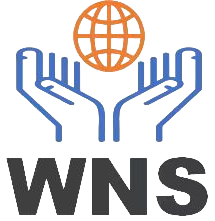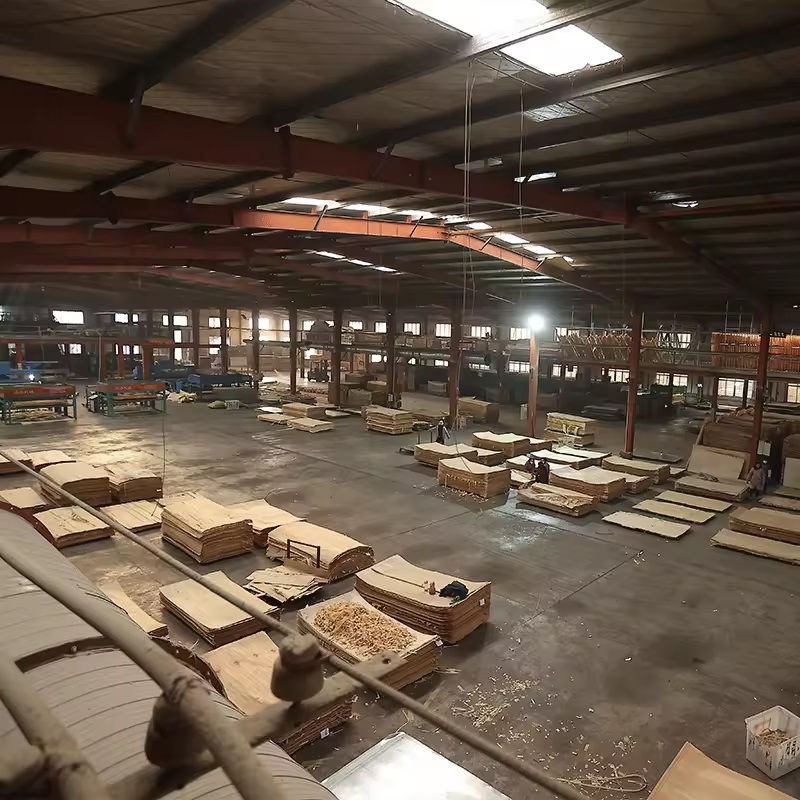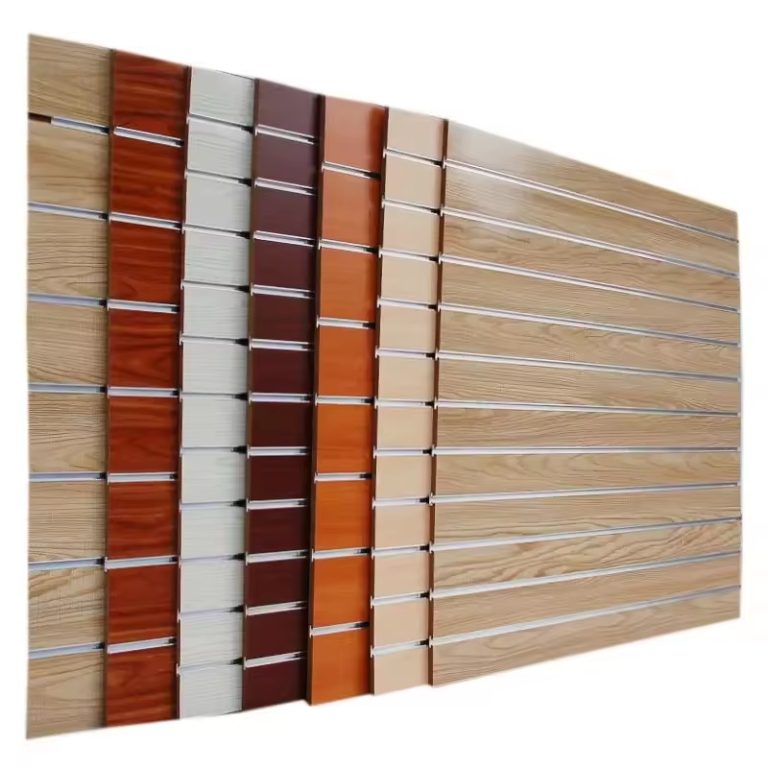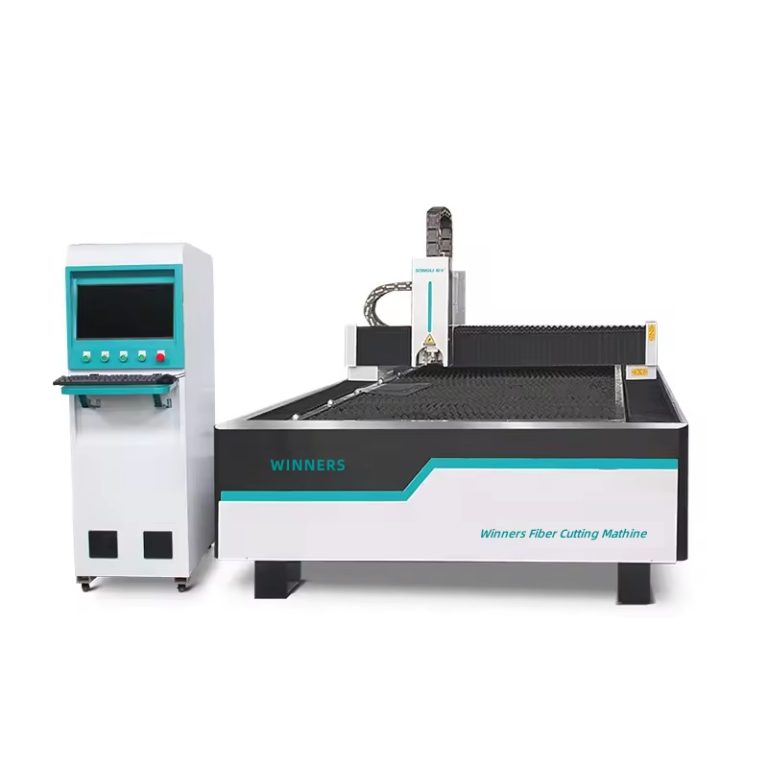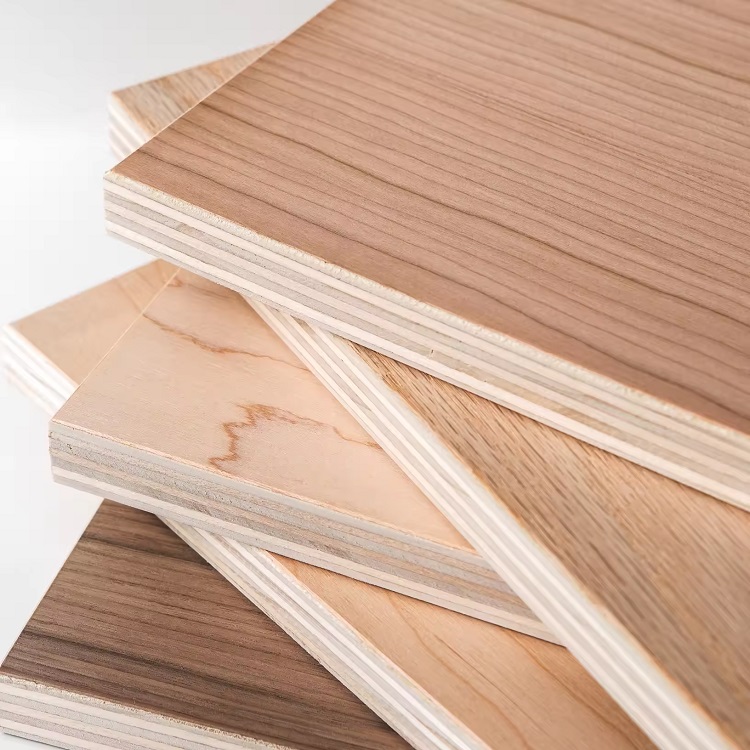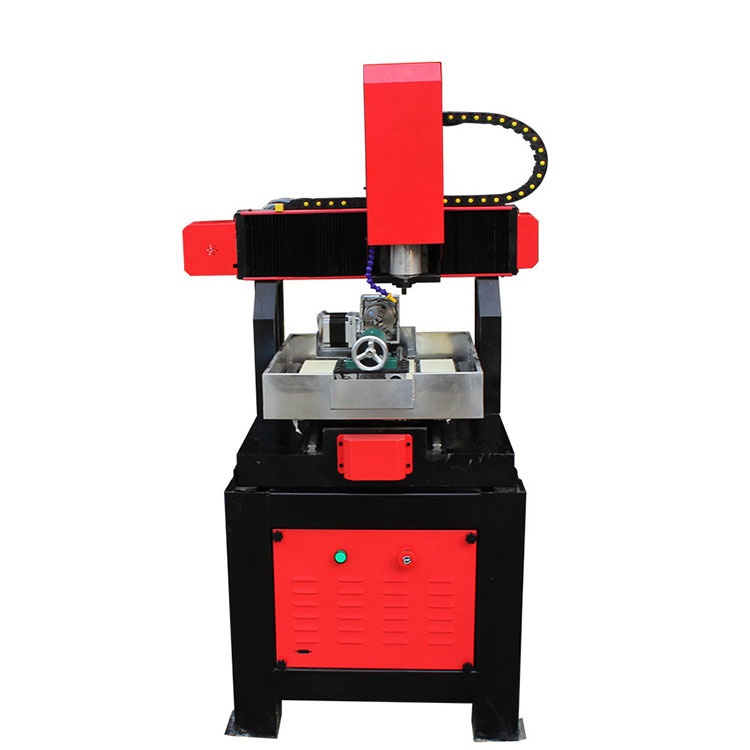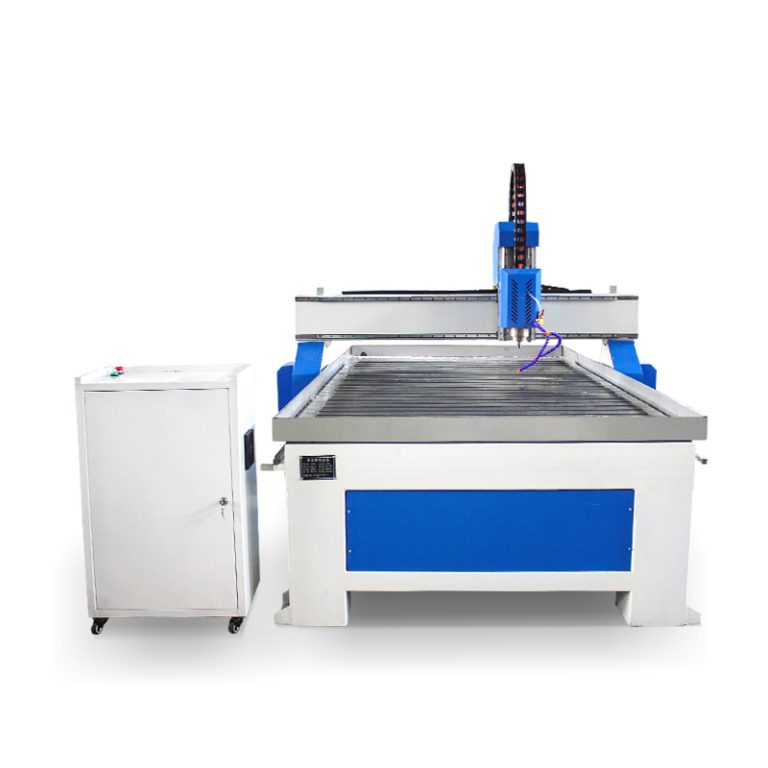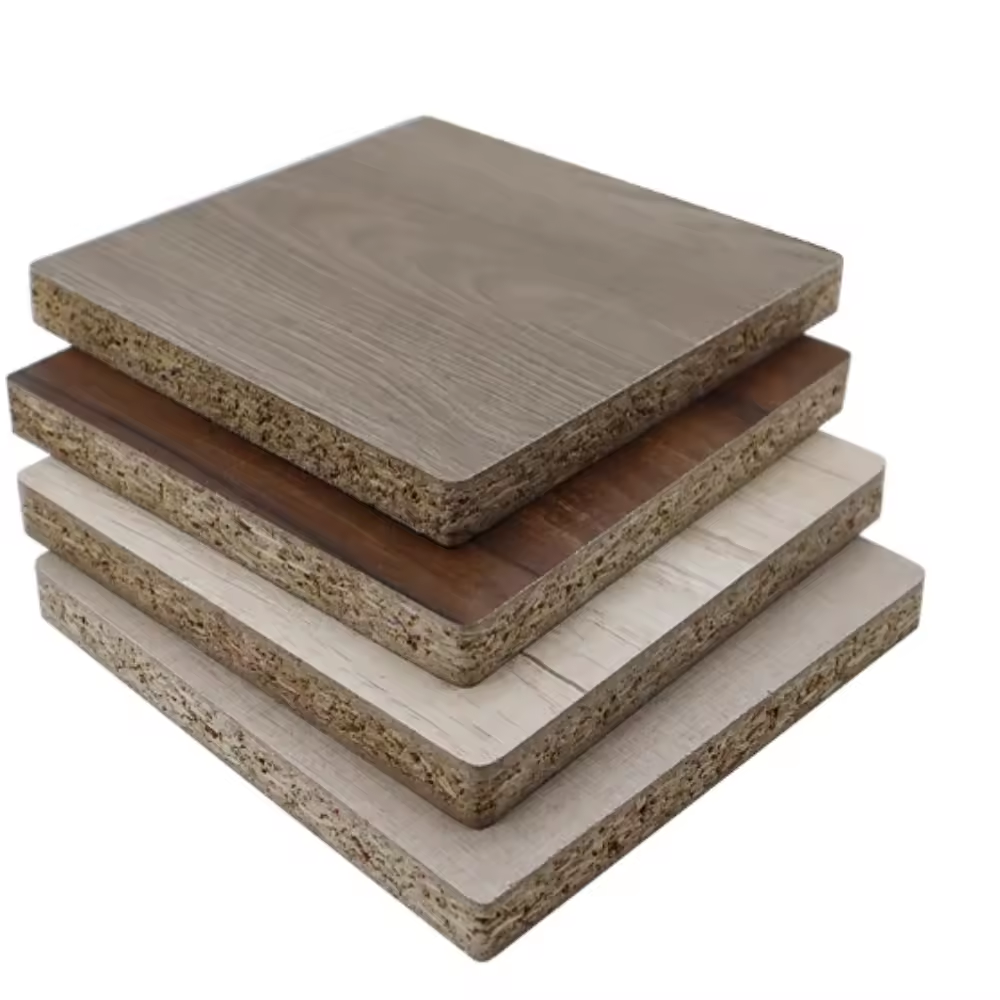Classification and characteristics of furniture boards
Many wood boards are used in furniture making. What are the types of these boards and what are their characteristics? This article will introduce six major boards, including blockboard, particleboard, fiberboard, solid wood finger-jointed board, particleboard, and multi-layer solid wood board.
1. Wood board (commonly known as big core board)
Wood board (commonly known as big core board) is a plywood with a solid wood core. Its vertical (distinguished by the direction of the core board) bending and compressive strength is poor, but its transverse bending and compressive strength is high. Most of the solid, glued, double-sided sanded, five-layer blockboard on the market is currently the most commonly used board in decoration.
Personal opinion: In fact, for high-quality wood boards, their environmental protection coefficient can be guaranteed, but the cost is also high. Coupled with multiple processes such as painting in the later stage, an environmentally friendly product will become less environmentally friendly to a greater or lesser extent. Under normal circumstances, in a room with furniture made of blockboard, it is necessary to ventilate more, and it is best to leave it vacant for a few months before moving in.
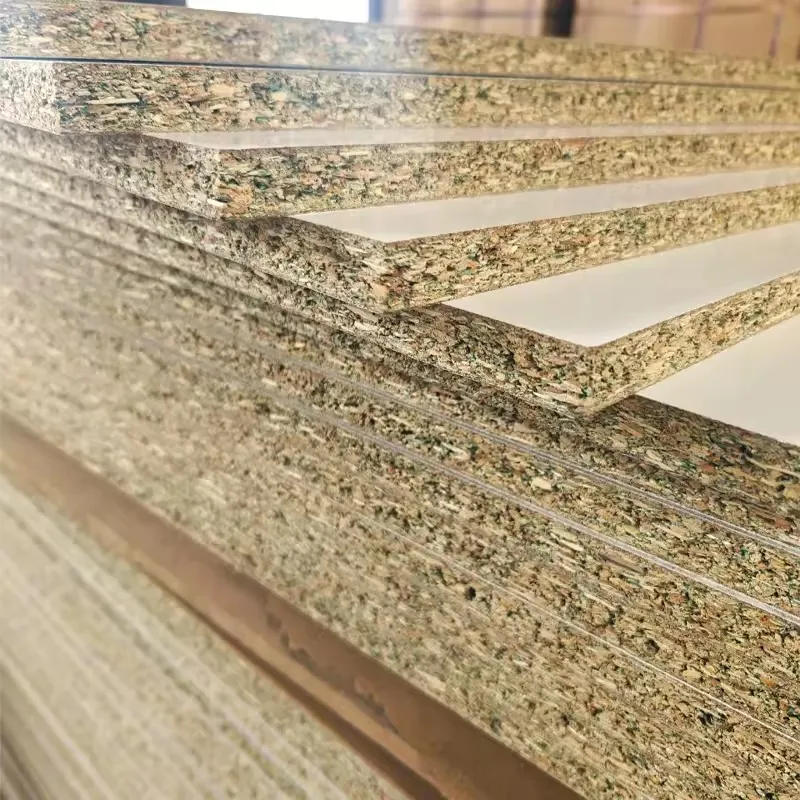
2. Particleboard
Particleboard is a kind of man-made board made by cutting various branches, small-diameter wood, fast-growing wood, sawdust and other materials into pieces of certain specifications, drying them, mixing them with glue, hardener, waterproofing agent, etc., and pressing them under certain temperature and pressure. Because its cross-section is similar to honeycomb, it is called particleboard.
Adding certain “moisture-proof factor” or “moisture-proof agent” and other raw materials to the particleboard, it becomes what people usually call moisture-proof particleboard, or moisture-proof board for short. It has a certain moisture-proof effect because the particleboard itself has a certain moisture-proof property and has a small expansion coefficient after absorbing water. It is widely used in environments such as cabinets and bathroom cabinets, but in reality, it has become a tool for many inferior particleboards to cover up the internal impurities. Adding green dye to the particleboard will form the so-called green-based particleboard currently on the market. Many manufacturers use it to mislead as green and environmentally friendly boards, but there is actually no scientific basis. The particleboards of top brands at home and abroad are actually mostly natural color base materials.
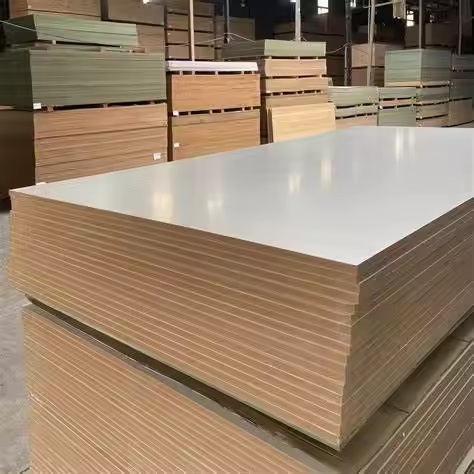
3. Fiberboard
Density boards are divided into MDF board (medium density fiberboard) and HDF board (high density fiberboard). When some merchants say that they use high-density boards to make cabinets, you may as well weigh the weight of the board per unit area according to the above density standards to see whether it is a high-density board or sell it as a medium-density board. This practice may affect the interests of some merchants, but from the perspective of honest business, if you promote yourself as a high-density board, you will not be afraid of customers to verify it.
4. Solid wood finger-jointed board
Finger-jointed board, also known as integrated board, integrated wood, finger-jointed wood, is a board made by splicing small pieces of solid wood that have been deeply processed like “fingers”. Because the sawtooth interface between the wooden boards is similar to the cross-jointing of the fingers of both hands, it is called a finger-jointed board. Because the logs are cross-jointed, such a joint structure itself has a certain bonding force, and because there is no need to stick the surface boards up and down, the glue used is extremely small.
We used camphorwood finger-jointed boards as cabinet back panels before, and even used it as a selling point for sales, but some cracking and deformation did occur in the later use, so we later cancelled the use of camphorwood as cabinet back panels. Here I would like to remind customers who want to use finger-jointed boards to make cabinet furniture that they must carefully choose the boards and negotiate with the manufacturer about possible cracking, deformation and other possible things in the later period. Whether as a merchant or an individual, it is better to talk first and then not to make trouble. Good communication will reduce trouble in the later period.
5. Particle board
The so-called solid wood particle board is actually a board produced by the process of particle board. It is a kind of particle board and belongs to homogeneous particle board.
The scientific name of homogeneous particleboard is oriented structural particleboard. It is a kind of man-made board that is processed into 40mm, 70mm, 5mm, 20mm, 0.3mm, 0.7mm long flakes by special equipment from small-diameter wood, thinning wood, wood core, board skin, branch wood, etc. After drying, gluing and special equipment, the surface core layer flakes are crisscrossed and oriented, and then hot-pressed. After the flakes are dried by advanced single-channel dryers, the expansion coefficient of Daya homogeneous particleboard is small and the moisture-proof performance is very good. The flakes are oriented layer by layer, so its internal texture is uniform, and it has stronger nail holding force, bending and compression resistance, and stability than ordinary particleboard and powdered density board.
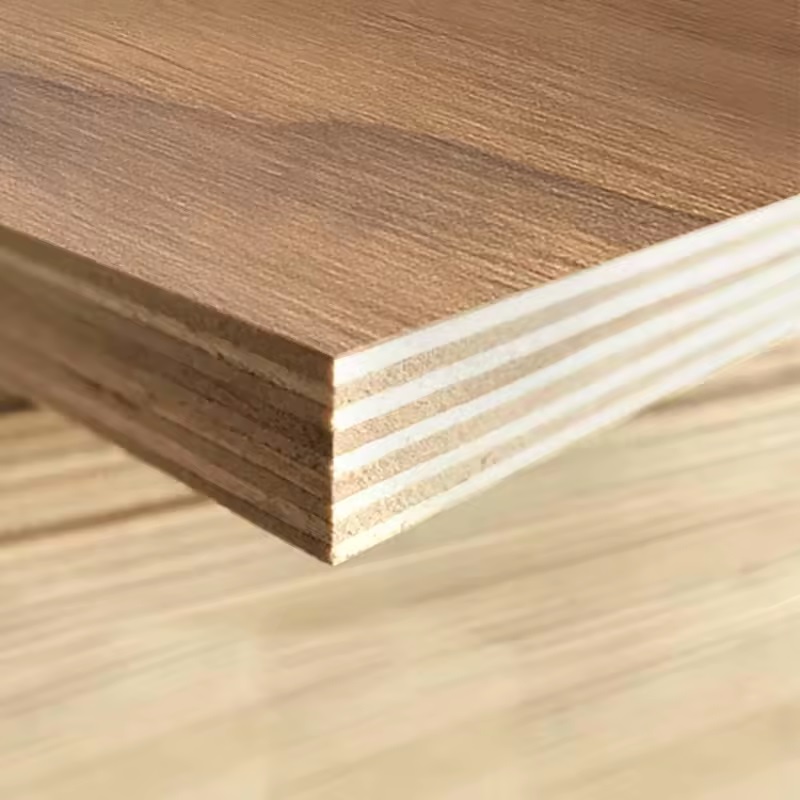
6. Multi-layer solid wood board
Multi-layer solid wood board is made of multi-layer plywood arranged in a criss-cross pattern as the base material, and the surface is made of high-quality solid wood veneer or technological wood as the surface. It is made through several processes such as cold pressing, hot pressing, sanding, and health preservation. Since multi-layer solid wood boards are not easy to deform and have good performance in regulating indoor temperature and humidity, and the surface solid wood veneer material has the texture and feel of natural real wood, the choice is stronger. Therefore, it is favored by consumers.
Multi-layer solid wood boards have good structural stability and are not easy to deform. Due to vertical and horizontal gluing, high temperature and high pressure, the deformation defects of solid wood boards are solved from the internal stress aspect. Self-made high-quality environmentally friendly glue is used in the production process to make the formaldehyde emission limit of the product meet the national standard requirements, which is green and environmentally friendly.
Density board
Density board (also known as “fiberboard”) is a kind of artificial board made of wood materials such as trunk wood, branch wood or other plant fibers as raw materials, which are hot-milled (ground into powder), glued (urea-formaldehyde resin or other suitable adhesives), dried, and paved and then hot-pressed.
Advantages
Various materials such as veneers, adhesive films, decorative panels, and light metal sheets can be glued to the surface of the density board; various coatings and paints can also be applied to the density board, and the effect is very beautiful
Hard density boards can be punched and drilled to make sound-absorbing boards. They have smooth and flat surfaces, fine materials, stable performance, firm edges, and are easy to shape, avoiding problems such as decay and insect infestation
Excellent physical properties, good nail holding force, uniform material, and no dehydration problems
Disadvantages
Not moisture-proof, swells when exposed to water, and has large deformation when bearing weight for a long time.
Moisture-proof board
Moisture-proof board is to add a certain proportion of moisture-proof particles to the particleboard substrate, which can greatly reduce the degree of expansion of the board when it encounters water.
Advantages
In addition to the various advantages of particleboard, another outstanding advantage is moisture-proof. However, it should be noted that the expansion rate of moisture-proof board and ordinary particleboard is the same when immersed in water. The so-called moisture-proof only works on moisture in the air.
Disadvantages
Moisture-proof board has all the disadvantages of particleboard.
Core board
Core board (also known as “joint wood board”) is made of two veneers glued together. The middle board is made of high-quality natural wood boards that have been heat-treated (i.e. dried in a drying room) and processed into wood strips of a certain specification, which are then spliced together by a splicing machine. The spliced wood boards are covered with two layers of high-quality veneers on both sides, and then glued together by cold and hot presses. The total thickness of the veneers glued on both sides of the core board shall not be less than 3mm. The corner defects of various core boards shall not exceed 5mm in width and 20mm in length within the nominal width.
Advantages
Good screw holding force, high strength, strong quality, sound absorption, heat insulation, etc., and low moisture content, between 10%-13%, easy processing, large extrusion pressure on machine-assembled boards, extremely small gaps, flat splicing, uniform load-bearing capacity, long-term use, compact structure and not easy to deform.
Disadvantages
Poor moisture resistance.
Manual splicing is to manually insert wooden strips into plywood. The wooden strips are subjected to less extrusion pressure, uneven splicing, large gaps, poor nail holding force, and cannot be sawed and processed. It is only suitable for some decoration sub-projects, such as the cushioning board of solid wood flooring.
Fir board
Fir board is a large-format thick board made by joining short and small materials through finger joints and splicing widths. It generally uses high-quality wood (currently more fir is used, so it is commonly known as fir board) as the base material, and is made through high-temperature degreasing and drying, finger jointing, boarding, sanding and other processes.
Advantages
After high-temperature degreasing treatment, it is assembled by mortise and tenon joints: durable, insect-free, non-deformed, and exudes a faint wood fragrance.
It is a natural board with original quality and original flavor, with clear wood grain, natural and generous, and a natural and simple feeling of returning to nature. The amount of glue used is only seven-tenths of that of woodworking board, and it is highly environmentally friendly.
The surface is sanded and thickened, flat and smooth. When making a wardrobe, there is no need to veneer the surface, which saves labor and materials and is economical.
Disadvantages
Poor quality fir boards, moisture content does not meet the standard, are easy to deform, and will crack over time Australian pine board
Australian pine board (also called “oriented structural particle board”), Australian pine board is an Australian MDF imported from Lithuania.
Advantages
It has high internal bonding strength. Each board surface is sanded with high precision to ensure first-class finish. The smooth surface makes it easy to oil, clean, color, spray and various forms of inlay and cover.
Not only does the board surface have the strength and various advantages of natural wood, but it also avoids the defects of natural wood. It is an upgraded product of plywood with a good balanced structure, smooth edges and excellent mechanical properties.
Disadvantages
It does not eat nails. It has a good grip on screws, but its grip on large nails driven by hammers is average.
European pine board
European pine board (also known as “oriented structural particle board”) is made of fast-growing wood and thinning wood (such as pine, poplar, etc.) as raw materials. It is processed into 40.100mm long and wide by special equipment. 5-20mm, 0.3-0.7mm thick shavings, made by drying, selection, gluing, directional paving, continuous hot pressing and other processes, a new type of board from Europe that developed rapidly internationally in the 1970s and 1980s.
Advantages
Low formaldehyde release, strong and durable, light weight and better flatness. The interior is a directional structure with no joints, no gaps, no cracks, good overall uniformity, and extremely high internal strength, so both the center and the edge have super strong nail holding ability that ordinary boards cannot match.
Disadvantages
Like Australian pine boards, European pine boards do not eat nails. They have a good nail holding effect on screws, but their nail holding performance for large nails driven in by hammers is average.
Understand some board classifications. When purchasing boards, you should choose them in combination with the construction process of the boards. It is also best to listen to the advice of professional quality inspectors!
